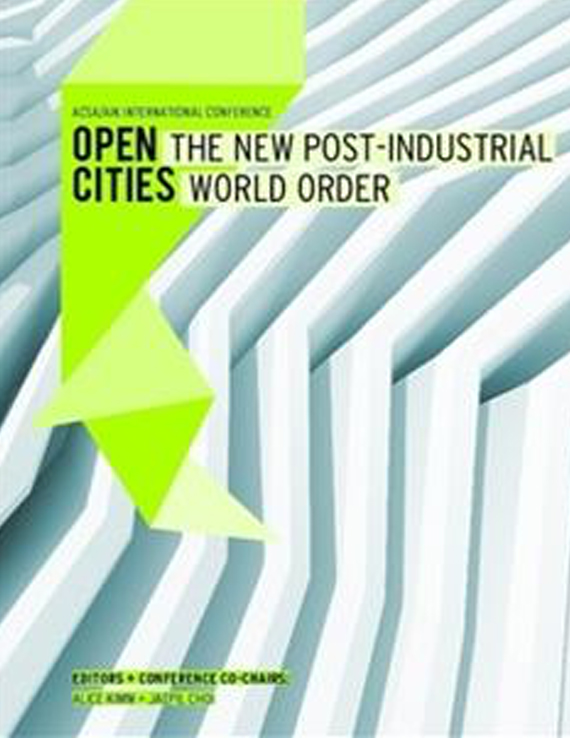Author(s): Cotten Seiler
Veritable lakes of ink have been spilled over the past hundred years celebrating andbemoaning the politics, environmental, social, and psychological effects, industrialculture, and technological development of driving machines. Since 2000, however,many scholars, journalists, and popular writers have delivered newly compellingreevaluations of “automobility”—a normative practice, mode of subjectivity, andbuilt environment organized around driving—from a range of disciplinary andphilosophical positions. This critique of automobility has gained traction amongurban planners and architects around the world, especially as more nations installautomobility on their urban and suburban Owing greatly to colonialism and thepostcolonial dominance of Western planning models, automobility has shapedthe built environments and residential and work patterns of the cities of Korea,Malaysia, and Japan, to name just a few nations. Given its prominence as an indexof a nation’s political and economic modernity, and the empowered “freedom”of its citizens, it comes as little surprise that in recent decades automobility hasalso begun to be established in developing juggernauts India and China. Perhaps,however, these nations come too late to automobility for it to colonize the physicaland cultural landscape to the degree that it has in North America and other locales,where the practice and built environment of automobility has a compulsorycharacter. For even without the clear limits to petroleum stores and the planet’scapacity to absorb toxins, population growth and other factors would eventuallyreveal a paradox: once it has saturated an environment, automobility’s power toproduce the affect associated with modern freedom, as well as its social and economicutility. In the United States, most drivers’ experiences contradict the ceaselesslybroadcast imagery and rhetoric of liberation, empowerment, and distinctionstill plied by the auto industry, popular culture, and most policymakers. But thatvision is still seductive, especially in the rising car culture of China, where landscapesof compulsory automobility are proliferating within and on the outskirts ofthe largest and most affluent cities. The 62-mile, 12-day traffic jam on a highwayinto Beijing in 2010 was a stark reminder of the sclerosis and “commuter pain” ofso many Asian cities. Faced with a truly global automobility problematic, a numberof scholars, architects, and urban planners are developing ways of seeing andstructuring urban environments beyond the reign of the automobile. This paperexplores how urban planning that resists or modulates automobility can facilitatethe goal of the “open city” in Asia. Focusing primarily on the Chinese cities Shanghaiand Guangzhou, I examine the more cultural and political-philosophical dimensionsof automobility, in particular the tension between an individualistic, moderncar culture and urban and exurban built environments that do not accommodateit. How have urban planners and architects working in Asia sought to reconcile theprerogatives of mobility that are modernity’s signature and the need to preserve(or produce) a dynamic, safe, and engaging urban landscape?
Volume Editors
Alice Kimm & Jaepil Choi
ISBN
978-0-935502-91-6

 Study Architecture
Study Architecture  ProPEL
ProPEL 
